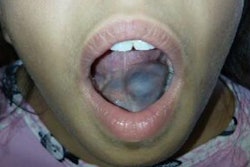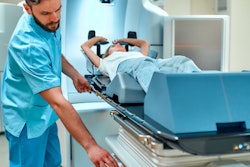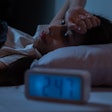
Researchers from Texas A&M University said they have achieved the first step toward building electronic stimulation implants that could restore essential intraoral functions lost due to nerve or brain damage.
A group led by senior author Hangue Park, PhD, of the university's engineering department said they have delineated the minimum size of electrical currents needed to provide sensation in different parts of the mouth. Their findings were published recently in the Institute of Electric and Electronics Engineers' (IEEE)Transactions on Biomedical Engineering.
Sensorimotor systems in the soft palate and tongue that coordinate several intraoral movements related to swallowing, speech, and respiration can be extremely vulnerable to damage due to neural defects, aging, and neurodegenerative diseases, according to Park and colleagues. To determine the minimum stimulation currents needed to restore these intraoral functions, the researchers first inserted tiny metal electrodes into a standard dental retainer. These electrodes were then positioned in subjects to stimulate either the soft palate or the side and top of the tongue.
 Top and bottom view of the retainer containing the electrodes for intraoral electrical stimulation. Image and caption courtesy of Hangue Park, PhD, of Texas A&M Engineering.
Top and bottom view of the retainer containing the electrodes for intraoral electrical stimulation. Image and caption courtesy of Hangue Park, PhD, of Texas A&M Engineering.Next, they slowly changed the amplitude of the stimulation current for each of these locations while keeping the frequency fixed. Subjects were then asked to indicate when they just began feeling a sensation and when the sensation was uncomfortable, according to the authors. The experiment was then repeated for a higher frequency of current.
As a result, the researchers were able to determine the average perception and discomfort thresholds for the tongue and soft palate. What's more, they were also able to produce an equivalent circuit of the intraoral cavity to duplicate its electrical properties. This circuit could be used to help further evaluate the effects of electrical stimulation offline without requiring human subjects, according to the group.
"In this study, we have begun to lay the groundwork for electrically stimulating parts of the mouth that control involuntary and voluntary movements," said Park in a statement from Texas A&M University. "Our work is a seminal study and it is important so that we can, in the near future, help people that face enormous challenges doing everyday tasks that we take for granted."
In the next steps for their work, the researchers plan to electrically stimulate the intraoral region and investigate how these stimulations change chewing, swallowing, and other behaviors.



















